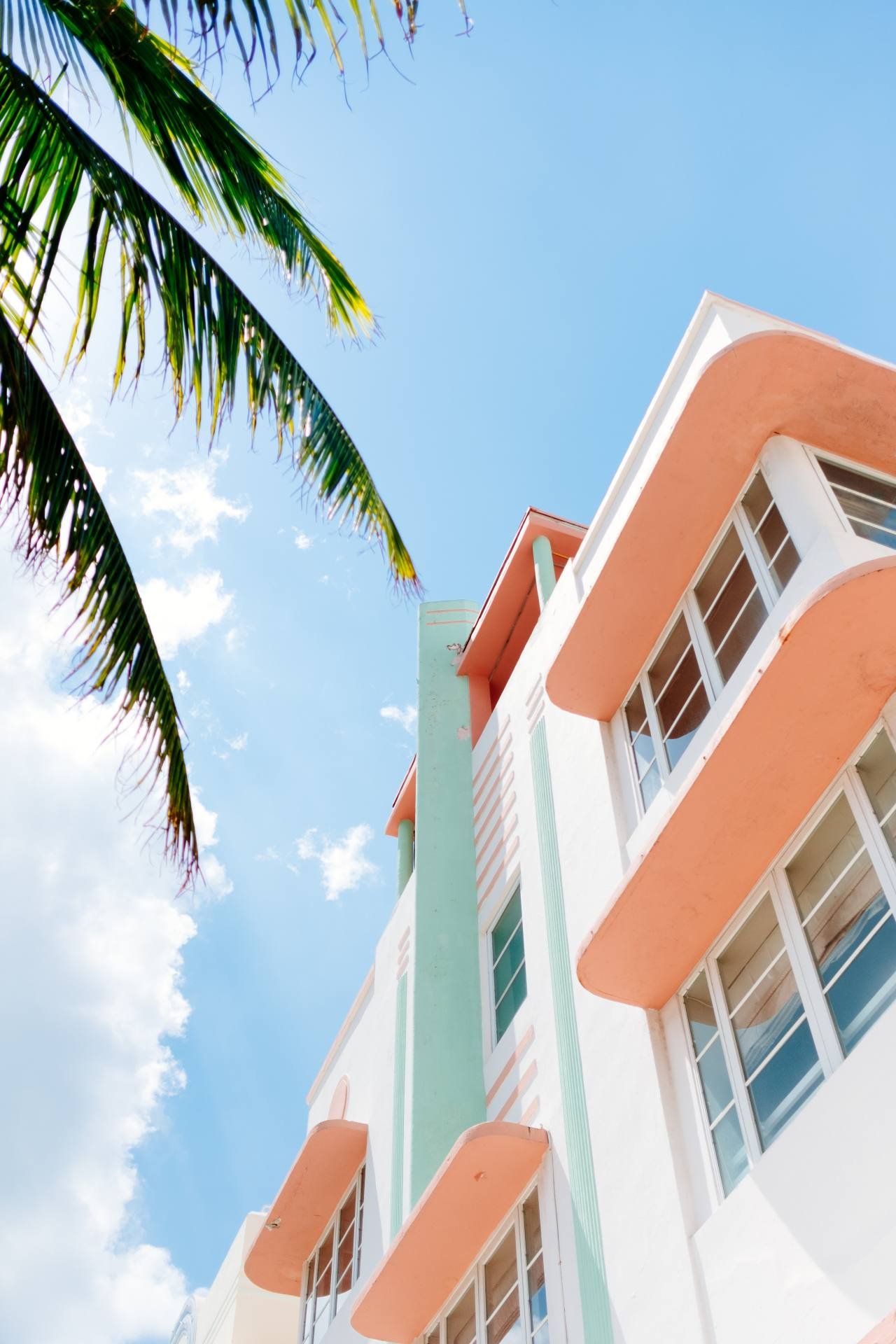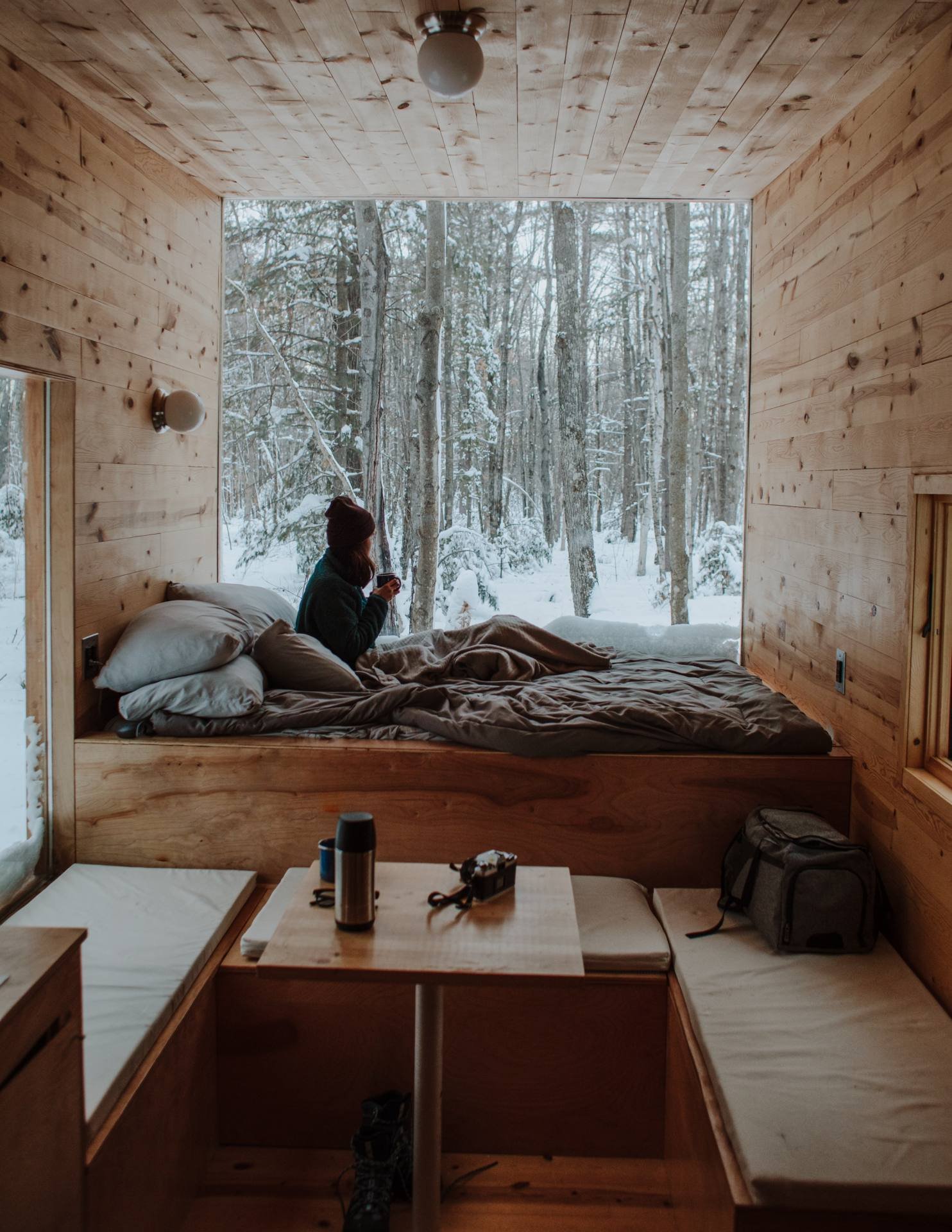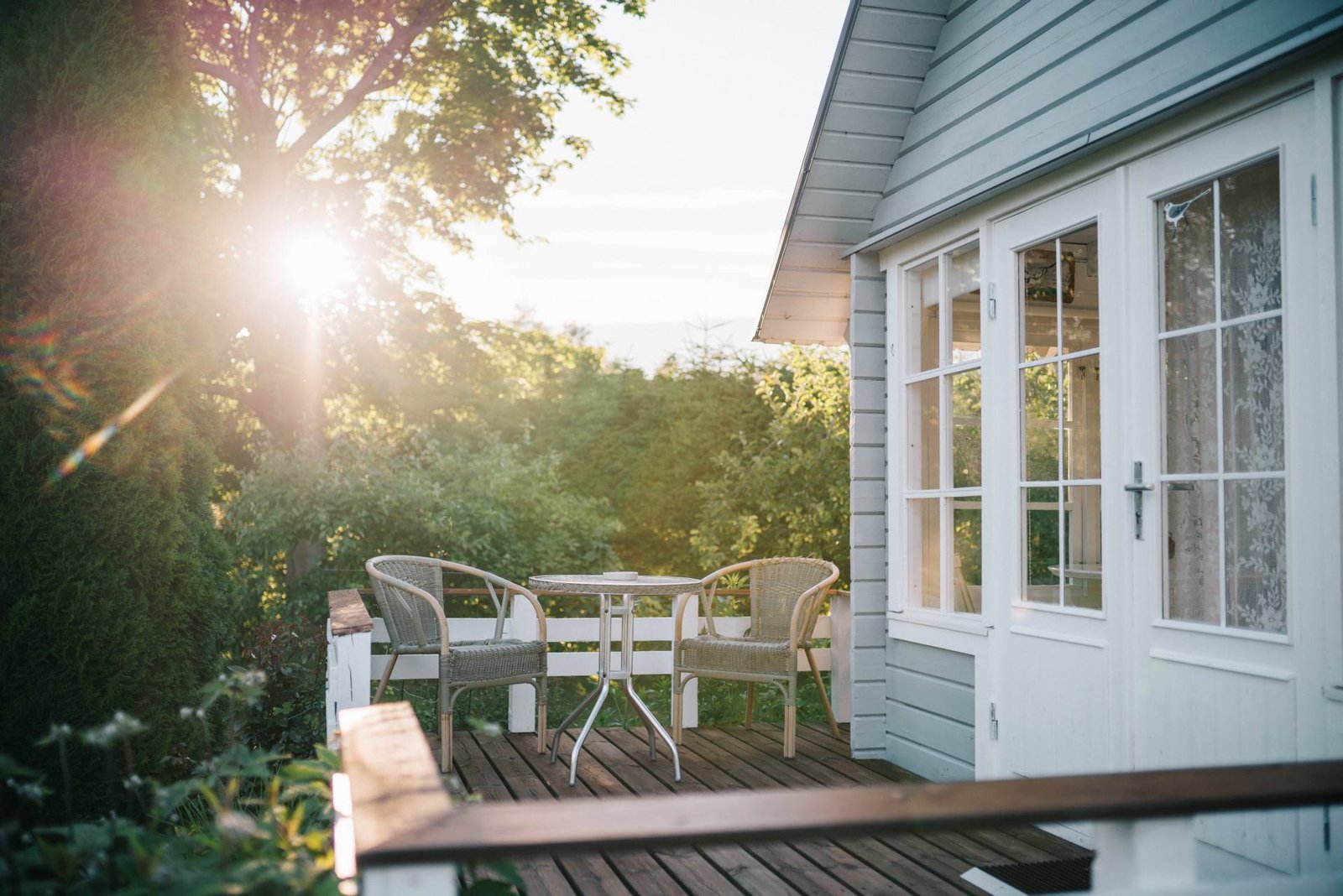The quality of a paint work, especially on outside surfaces, may be affected by weather conditions. Painting projects are affected by a variety of weather conditions, including hot summers and cold winters, dry days and rainy da ys, high humidity and low humidity. Even while we know the best and worst times of year to paint, we also have the equipment and expertise to provide excellent results no matter what time of year it is.
ys, high humidity and low humidity. Even while we know the best and worst times of year to paint, we also have the equipment and expertise to provide excellent results no matter what time of year it is.
Aside from the time of year, your local climate has a role in determining the optimum time to paint your home’s interior or exterior. You may want to hire a painting team in spring when there aren’t as many trees in the way, rather than in summer, when the foliage gets in the way and impedes their ability to complete their work.
In addition to the time of year, the kind of paint used to paint the inside might have an impact on the ideal time to paint the interior. You don’t want to use oil or solvent-based specialty paints during the winter months since they emit a lot of fumes, so you should avoid doing so (super hot summer days or bitter cold winter days and nights). The best time to paint your home’s exterior or interior depends on several factors, all of which may be discussed with your painting contractor.
It takes longer for paint to cure when there is a lot of moisture in the air (humidity). How quickly paint dries depends on the temperature. Temperature and humidity have an influence on paint quality, which is why reputable painting contractors take precautions to minimize these effects.

When it’s chilly outside, paint thickens, which means that the paint never dries and you run the chance of seeing lengthy lines and/or wrinkles in your paint. In addition, paint application is more difficult in the winter. Although Benjamin Moore and Sherwin-Williams have created formulations for some of their paints that enable painters to complete their job in temps as low as 35 degrees, most paint manufacturers suggest painting in temperatures between 50 and 90 degrees.
Overheated conditions cause paint to dry too quickly, resulting in bubbles and creases. A lack of time to allow the paint’s bonding qualities to perform their intended function results in wrinkling and bubbles or blistering. When the surfaces are exposed to direct sunshine, this is particularly true.
The amount of moisture in the air affects how paint clings to a surface. You’ll see bubbling and peeling paint in regions where there is a lot of moisture in the air, for example, when the humidity is high.

In order for paint to attach to surfaces, a humidity level of between 40 and 70 percent is ideal.
It’s not usually the consequence of heat, humidity, or age that causes paint to crack or blister; it might be because the paint was put on a windy day. If you’re painting in the wind, the paint dries too quickly and doesn’t stick correctly to the surface.
Hiring a professional painting company is your surest bet to making the right painting decision irrespective of the weather conditions at the time of painting. You should call us on (+1)403-891-4138 today for free professional advice and quote.
